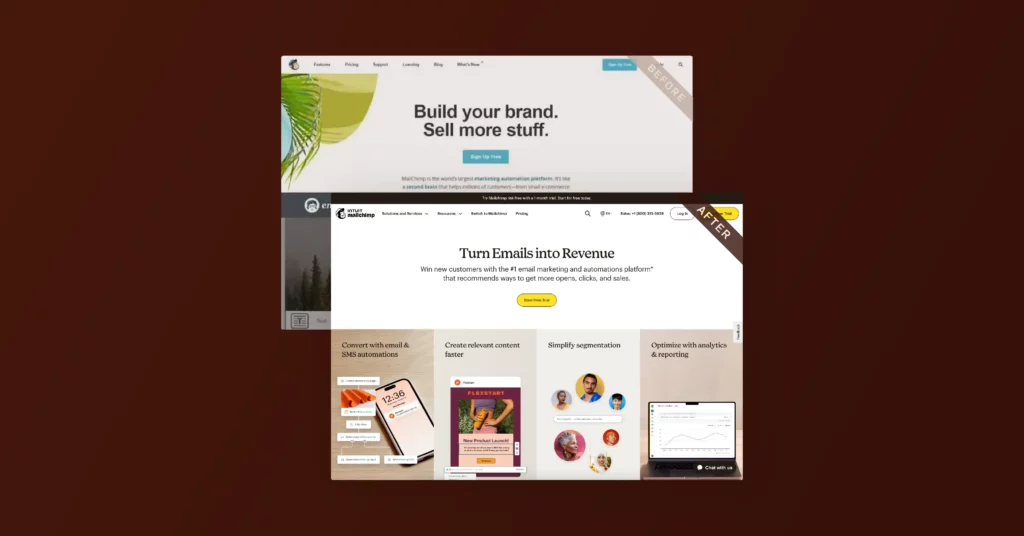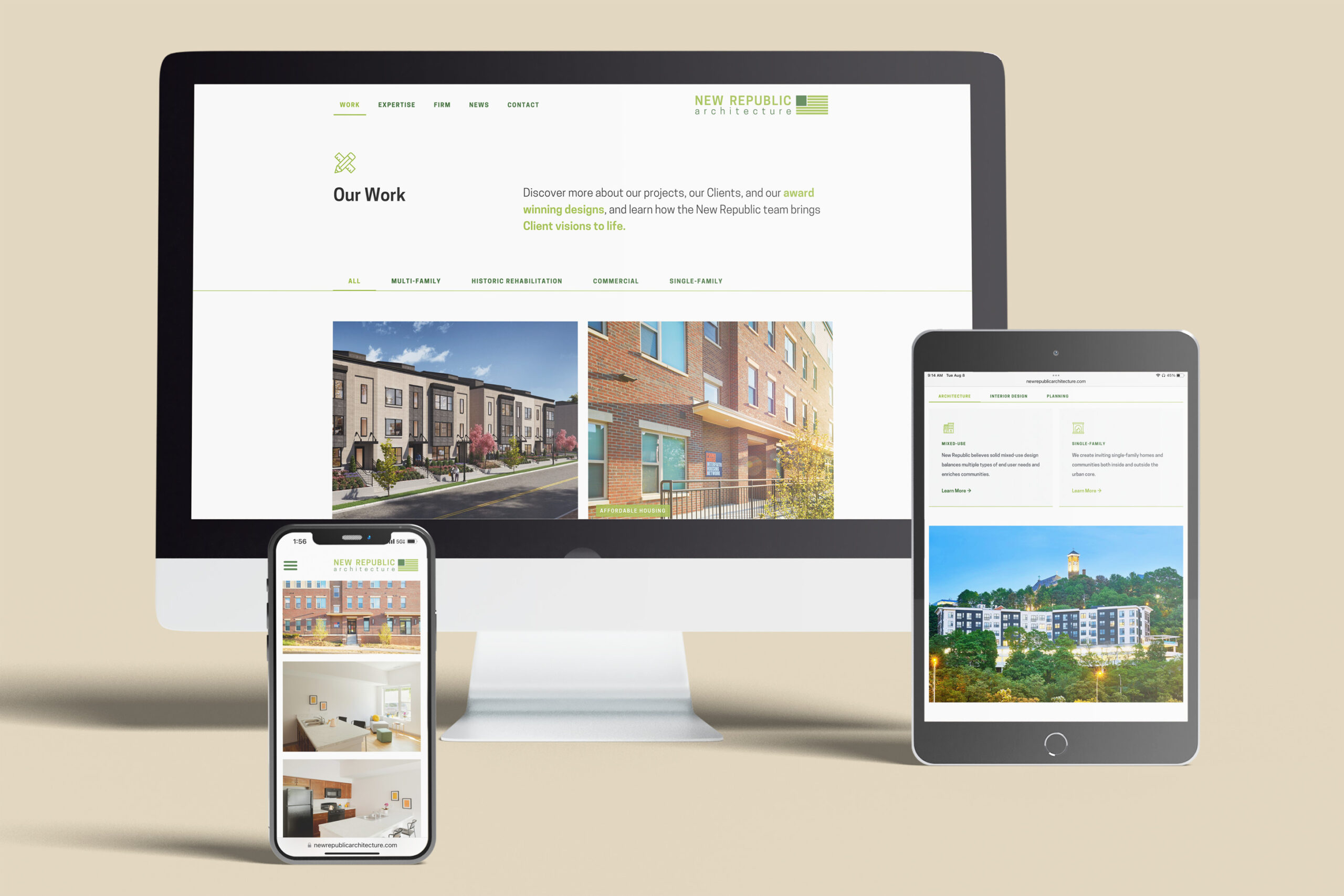Is your website a bit…outdated? It happens to the best of us. Your website serves as the online face of your business. It’s often the first point of contact for potential customers and plays a crucial role in shaping their perception of your brand. However, just like fashion and technology, user expectations evolve. A website that once dazzled and impressed can quickly become stale and outdated. Keeping your website fresh and functional is essential for staying competitive and ensuring a positive user experience. We’ve compiled five of the most common signs that show it might be time for a website redesign.
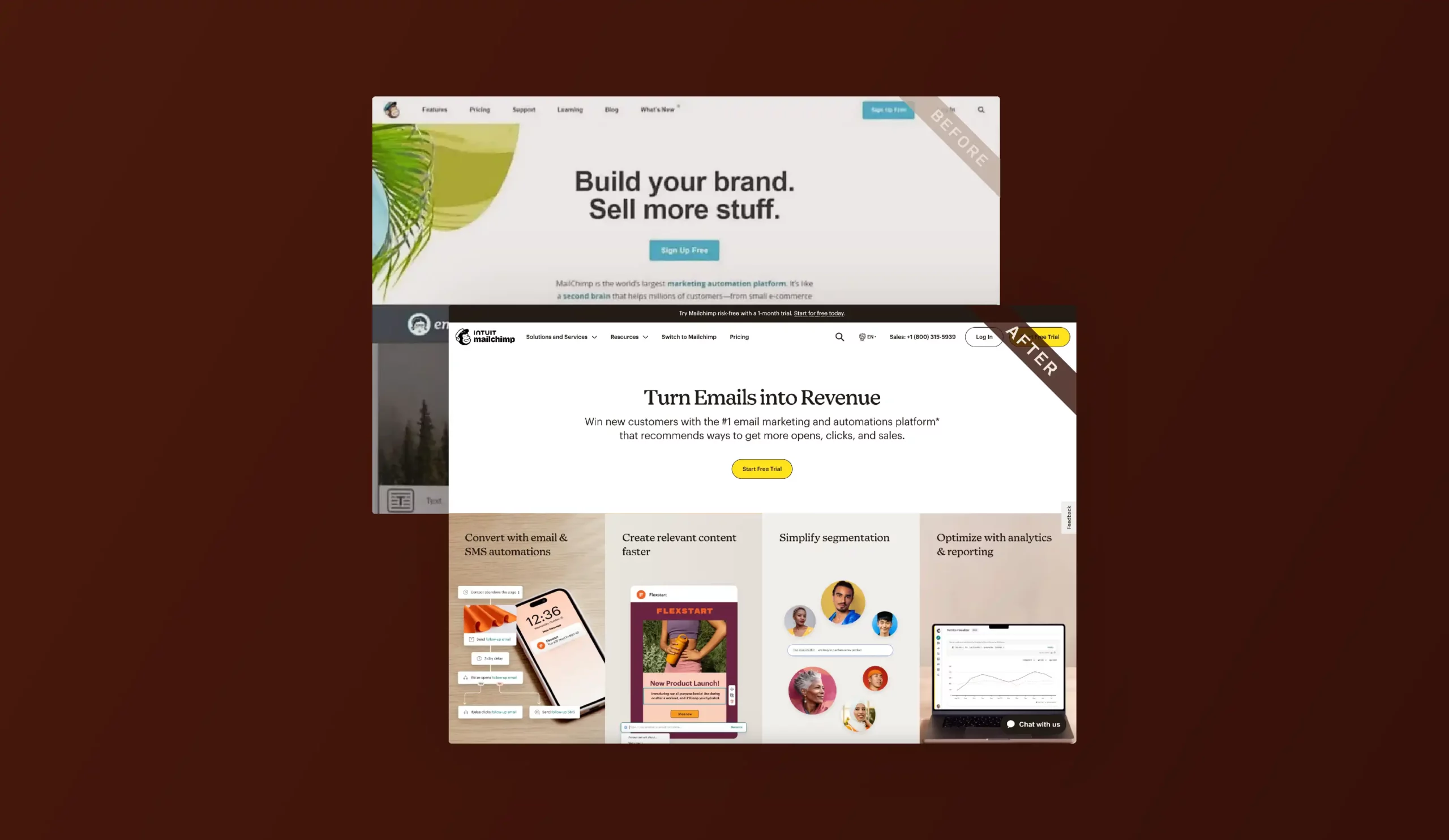
Why is it important to redesign your website?
Before we jump into the signs, let’s talk about why a well-designed website is so important. Your website is like your online storefront—it’s often the first interaction potential customers have with your brand. A user-friendly website can significantly impact your business in several ways:
-
First Impressions Matter: Your website is often the first interaction potential customers have with your brand. A modern, well-designed website can create a positive first impression, building trust and credibility.
-
Improved User Experience: A redesign can enhance the user experience by making your site easier to navigate, faster to load, and more visually appealing. This can lead to higher engagement and conversion rates.
-
Staying Competitive: The digital landscape is constantly evolving, and your competitors are likely updating their websites regularly. A redesign ensures you stay competitive and relevant in your industry.
-
Mobile Optimization: With the increasing use of mobile devices, having a responsive and mobile-friendly website is critical. A redesign can ensure your site looks and functions well on all devices.
-
SEO Benefits: A website redesign can improve your search engine rankings by implementing SEO best practices, improving site speed, and providing a better user experience.
The 5 signs you may need a website redesign.
Now that we’ve covered the basics, let’s dive into the five signs that indicate it’s time to roll up your sleeves and give your website the makeover it deserves.
1. It looks outdated and doesn’t reflect your current design direction.
Aesthetics matter. An outdated website design can make your business look less credible and professional. If your website looks like it hasn’t been updated in years, visitors might assume that your business is behind the times. Modern websites should be visually appealing, easy to navigate, and equipped with the latest functionalities. If your site lacks these elements, a website redesign could be essential to keep up with current user expectations.
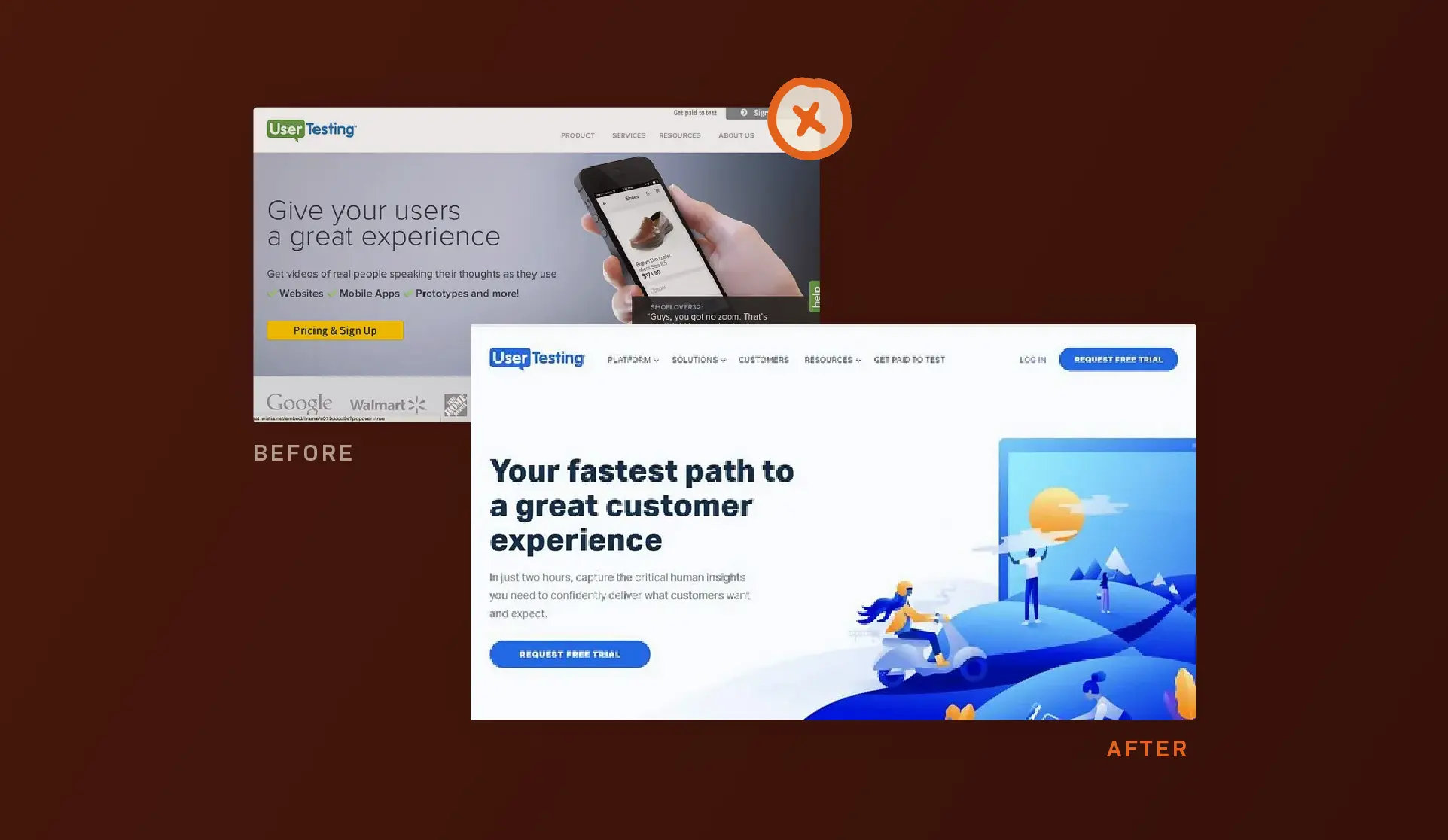
2. It isn’t responsive or seamless across all devices.
With the prevalence of smartphones and tablets, more and more users are accessing websites on a variety of devices and screen sizes. If your website isn’t responsive—that is, it doesn’t adapt smoothly to different screen sizes and device types—you’re providing a subpar user experience. A responsive web design will ensure that your website looks and functions flawlessly on any device, enhancing user satisfaction and engagement.

3. It provides a bad user experience (UX) and is difficult to navigate.
The user experience is paramount. If visitors struggle to find the information they need or navigate your website efficiently, they’re likely to become frustrated and leave. Common UX issues include cluttered layouts, confusing navigation menus, and excessive use of pop-ups or intrusive elements. Conduct usability testing, gather feedback from users, and identify pain points that need to be addressed in your redesign.
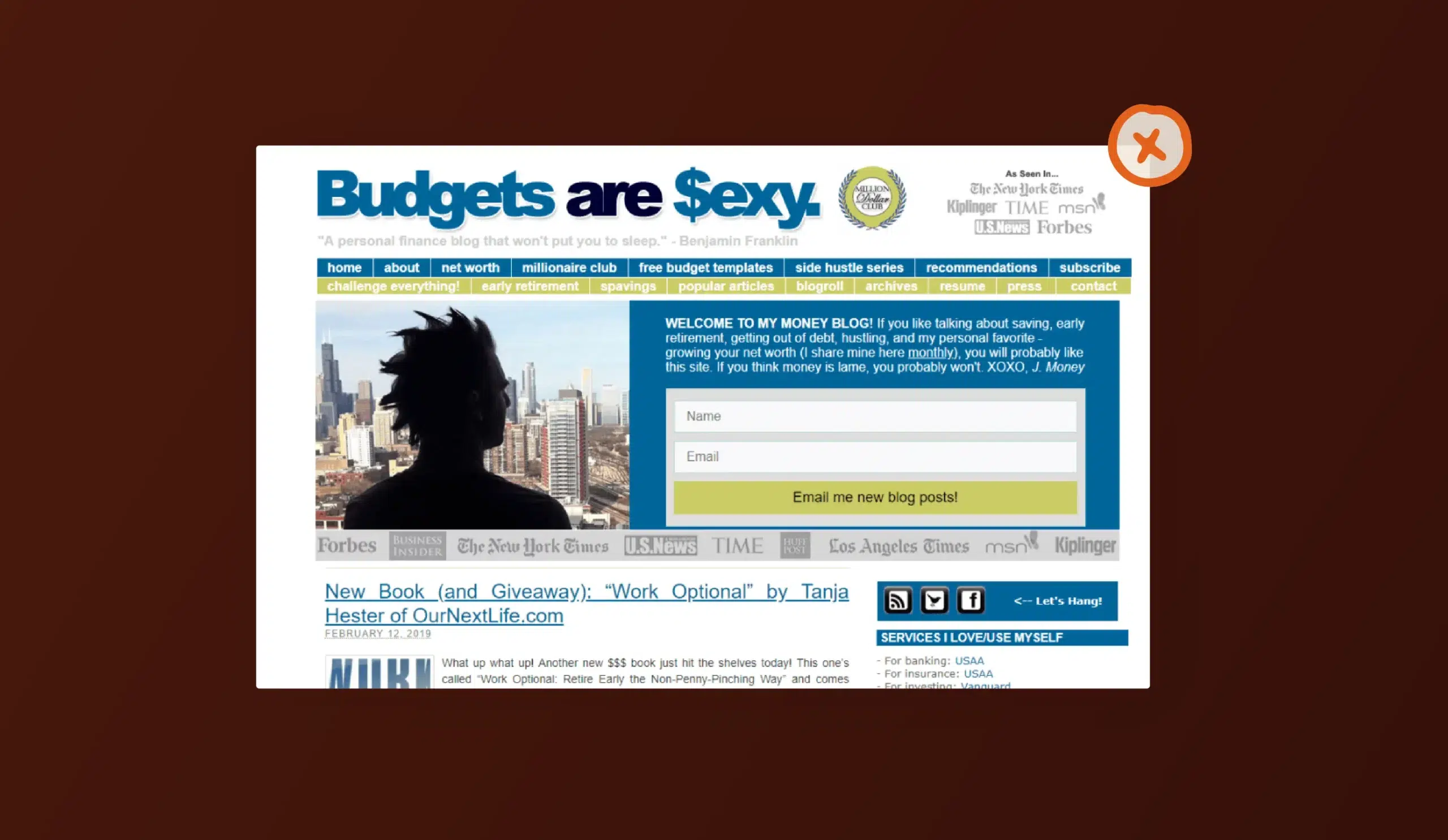
4. It’s hard to update content or make simple changes.
Content management should be straightforward and intuitive. If updating your website’s content feels like a Herculean task, it’s a sign that your content management system (CMS) may be outdated or overly complex. A redesign can implement a more user-friendly CMS that empowers you to make updates easily and efficiently, without requiring technical expertise.
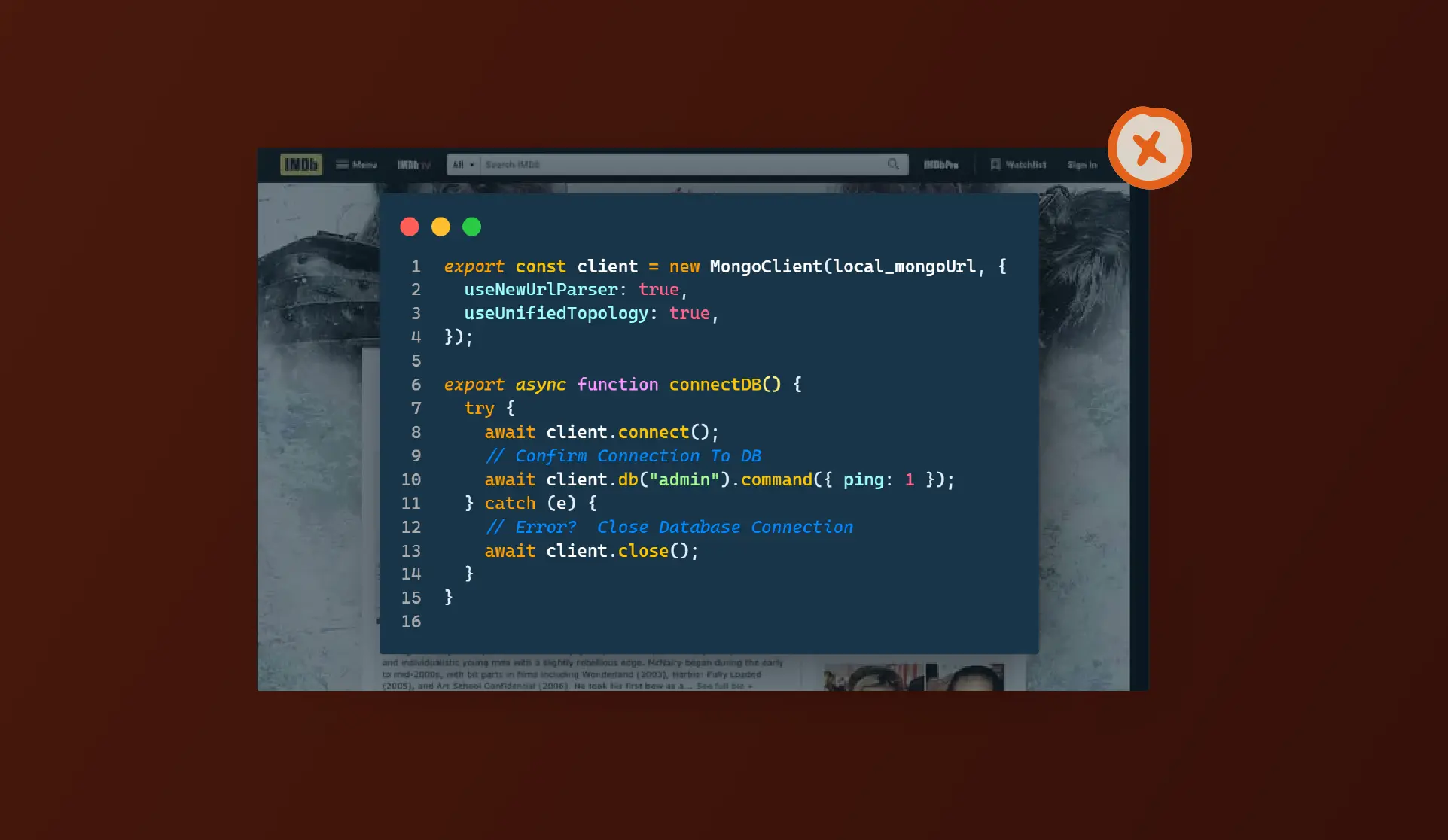
5. It doesn’t properly reflect your business or service offering.
Your website should be a reflection of your current business. If it fails to showcase your latest products, services, or brand messaging, you’re missing out on valuable opportunities to engage and convert visitors. Regularly review your website’s content and messaging to ensure alignment with your overarching business strategy. If there’s a disconnect, it’s time for a redesign to realign your online presence with your evolving business.
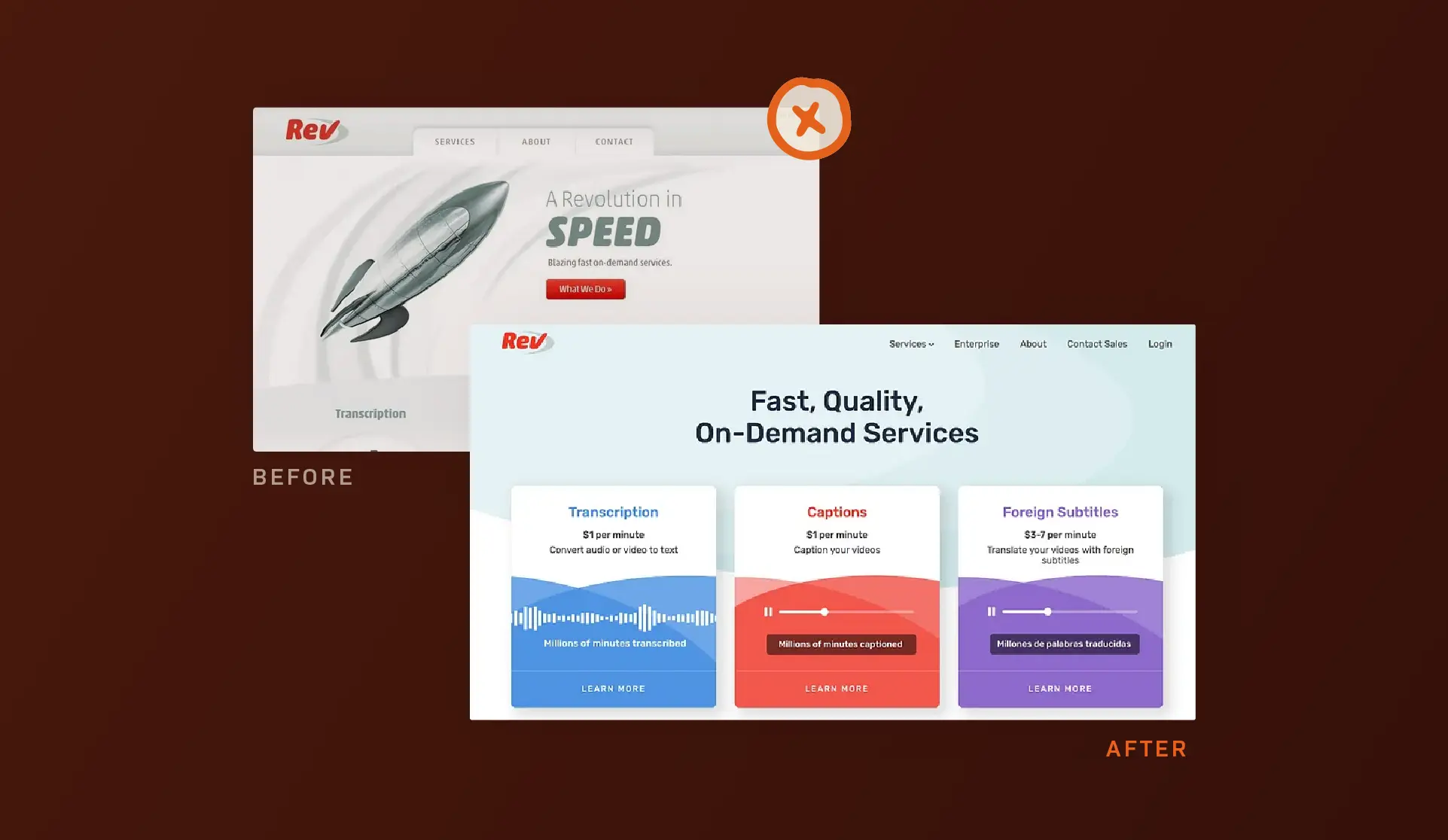
In conclusion, is it time for me to consider a website redesign and what should I do next?
A website redesign is an investment in the future of your business. By staying up-to-date with changing user expectations, you can ensure your site remains a powerful tool for attracting and retaining customers. If you’re noticing any of the signs mentioned above, it might be time to consider a website redesign. Remember, your website is often the first impression potential customers have of your brand, so make it count. A fresh, modern, and user-friendly website can help you stand out in a crowded digital landscape, engage your audience, and drive business growth. Don’t wait until it’s too late—start planning your website redesign today to stay ahead of the competition and ensure your online presence reflects the quality and professionalism of your business.
Whether you’re looking to revitalize you site with a few minor tweaks or considering a full-blown redesign, remember: Your website is your full-time digital sales team—make it work for you. If you’re interesting in learning more, our team would love to share some insights and discuss. Feel free to get in touch with our team today or request a free site audit below!
Too long; didn't read FAQs
What's the difference between a website redesign and a refresh?
A website redesign involves a comprehensive overhaul of your site, including changes to design, functionality, and user experience. On the other hand, a refresh typically involves minor tweaks and updates to the existing design, such as changing colors or updating images.
What if I'm happy with my website's design but just want to improve its performance?
Even if you’re satisfied with the overall look of your website, there are often opportunities to enhance its performance and user experience. Consider requesting a website audit to identify areas for improvement, such as page speed optimization, mobile responsiveness, or conversion rate optimization.
How much does a website redesign cost?
The cost of a website redesign can vary widely depending on the complexity of the site, the features you want, and the expertise of the design team. It’s best to get a few quotes from reputable partners to understand the potential costs.
How long does a website redesign typically take?
The timeframe for a website redesign can vary depending on the scope of the project, but it often takes several weeks to several months to complete. Factors such as the complexity of the design, the size of the website, and the availability of resources can all impact the timeline. Explore our meticulously crafted web design process fine-tuned to drive real results.
Will a redesign affect my current SEO ranking?
A well-executed redesign should not negatively impact your SEO ranking. In fact, it can improve it by enhancing site speed, mobile-friendliness, and overall user experience. It’s important to work with a designer who understands SEO best practices.
How often should I redesign my website?
There’s no one-size-fits-all answer to this question, as the frequency of website redesigns can depend on factors such as industry trends, technological advancements, and changes to your business goals or branding. In general, it’s a good idea to reassess your non-eCommerce site every 3 years and your eCommerce site every 1 and a half years to ensure it remains fresh, functional, and aligned with your objectives.
